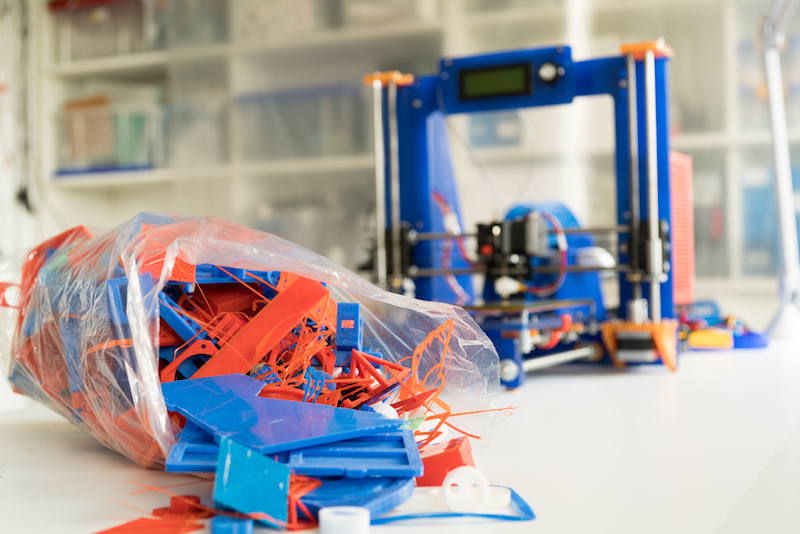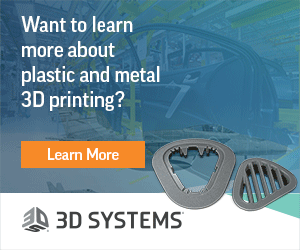It is important to address that waste is less of an issue when a mindset is adopted towards solving it. I make this disclaimer because as we have been looking into this series on the circular economy, we have initially outlined various ideals and thought processes opposed to focusing solely on 3D printing. Any mindset shift towards a more circular economy is necessary before we can utilize a technology to build towards this ideal.
3D printing is a great technology due to its ability to be an additive process versus a typical subtractive process that is found in most manufacturing environments. In this article, we will discuss a bit more on the implications of additive technology and other initiatives associated with it. This will help us to have a larger view of the circular economy as well in relation to additive manufacturing.
Additive technology is amazing in terms of waste reduction overall. When a technical system is built to create product based on building up, there is a larger ability for sustainable development as people print items as they need them. With a subtractive manufacturing process, products are created by taking away from larger materials. This can leave many pieces unusable after the initial product creation. This then leaves a product residue to either be thrown away or in need of further recycling. This then takes a lot of time to conduct, and it becomes an issue of efficiency within the circular economy framework. Not only does this process waste time, but one must now calculate other factors such as transporting residual waste and how much energy that consumes. There are a lot of factors that do not have deeper analysis in terms of the classical manufacturing process.

The additive manufacturing field is ripe for experimentation as it is a naturally disruptive concept and methodology. A very important thought process within the field currently is a focus on material development. Material development is essential when it comes to sustainability. Depending on polymer structures, we can build various materials that have specific properties that are of our liking. This can lead to materials that are also easier to recycle, as well as they have natural biodegradable properties. It is still important to build out a larger infrastructure of life that would lead to people actually being knowledgeable of their choices and how they affect the greater world. Although 3D printing inherently helps to prevent excess production, it is still a problem of lack of awareness for people in terms of their production and consumption rates. There are a large number of people making prototypes that fail in terms of print standards. This then leads to larger amounts of waste as well.

In terms of sustainability, additive manufacturing is better than traditional methods. It is still imperative to realize that we are at a loss in terms of sustainability if we are not working on infrastructures. This includes infrastructures of thinking as well as infrastructures of methodology. We must utilize technology such as 3D printing to benefit the world. We should not abuse the benefits that this technology can provide to the larger scale of humanity.
Subscribe to Our Email Newsletter
Stay up-to-date on all the latest news from the 3D printing industry and receive information and offers from third party vendors.
You May Also Like
Gorilla Sports GE’s First 3D Printed Titanium Cast
How do you help a gorilla with a broken arm? Sounds like the start of a bad joke a zookeeper might tell, but it’s an actual dilemma recently faced by...
Nylon 3D Printed Parts Made More Functional with Coatings & Colors
Parts 3D printed from polyamide (PA, Nylon) 12 using powder bed fusion (PBF) are a mainstay in the additive manufacturing (AM) industry. While post-finishing processes have improved the porosity of...
$25M to Back Sintavia’s Largest Expansion of Metal 3D Printing Capacity Since 2019
Sintavia, the digital manufacturing company specializing in mission-critical parts for strategic sectors, announced a $25 million investment to increase its production capacity, the largest expansion to its operations since 2019....
Velo3D Initiates Public Offering in a Bid to Strengthen Financial Foundations and Drive Future Growth
Velo3D (NYSE: VLD) has been among a number of publicly traded 3D printing firms that have attempted to weather the current macroeconomic climate. After posting a challenging financial report for 2023,...

































